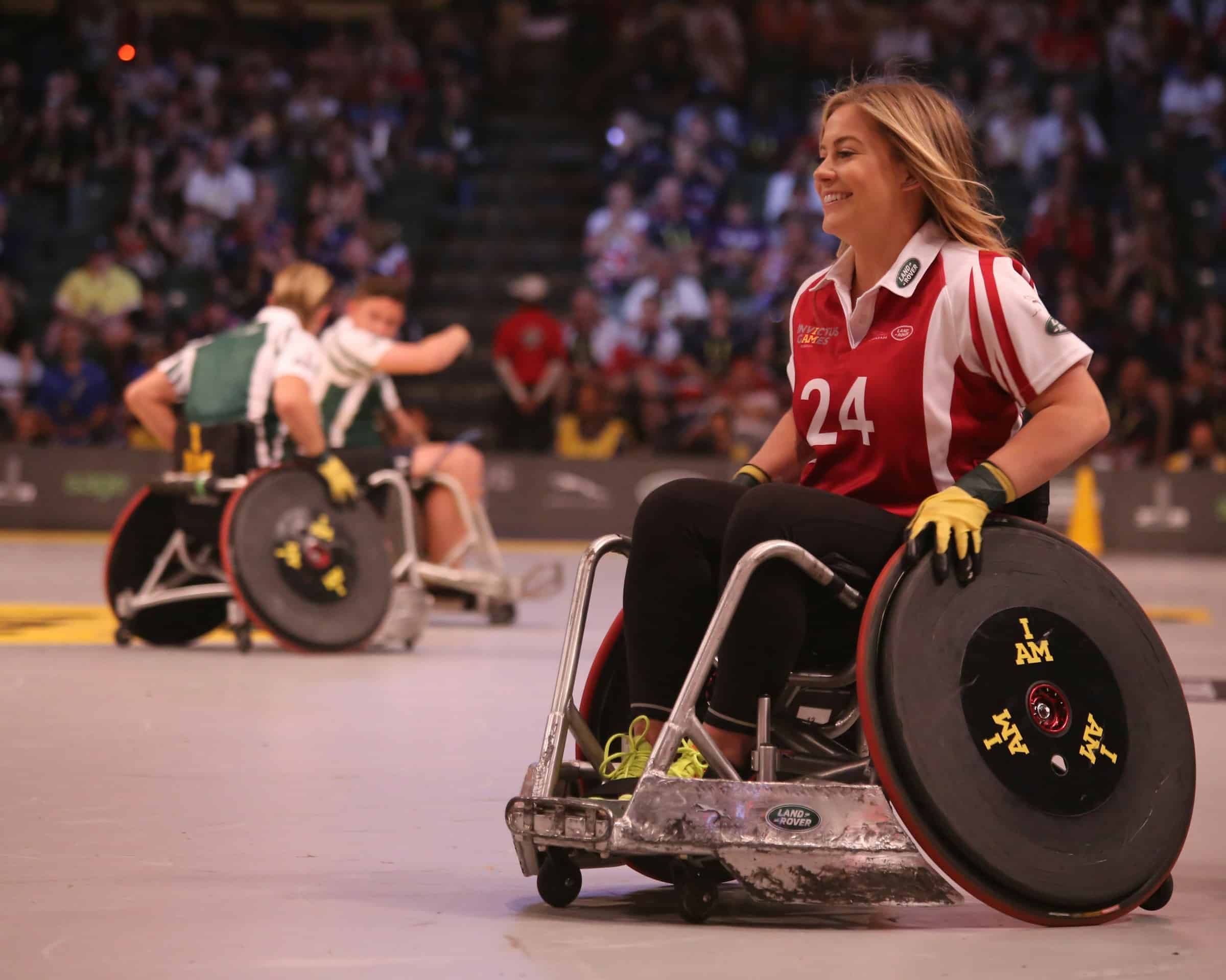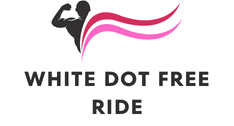How can UK disability sports programs be enhanced to increase participant engagement?

The UK sports scene is vibrant and ever-evolving, with a wide array of programs that cater to people of all abilities. However, there's always room for improvement, particularly in the realm of disability sports programs. Despite commendable efforts, there are still many barriers that prevent optimal participation in these activities. The challenge lies in identifying and addressing these barriers while simultaneously enhancing the programs to create an environment that is welcoming, supportive, and enjoyable for all participants. In this article, we'll explore some innovative strategies to achieve these goals.
Adapt Sports Programs to Accommodate All Abilities
One of the easiest ways to boost participant engagement in disability sports programs is by ensuring they cater to all abilities. It's important that these programs are not just accessible, but also adaptable, so that everyone – regardless of their physical or mental abilities – can participate and find enjoyment.
Dans le meme genre : What are the latest teaching methods for advanced stroke techniques in UK competitive swimming?
Adapting sports programs to accommodate all abilities requires an in-depth understanding of the unique needs and challenges faced by different groups of people. For instance, those with mobility impairments may require specific equipment or facilities, while individuals with sensory impairments may need modified game rules or coaching methods. By tailoring the programs to fit these specific needs, we can create an environment that is inclusive and engaging for all participants.
Provide Adequate Training for Coaches and Volunteers
Coaches and volunteers play a crucial role in disability sports programs. They are not only responsible for teaching and facilitating the sports, but also for creating a supportive and encouraging atmosphere.
Dans le meme genre : How can UK motorsport drivers use simulator training to improve track awareness?
Proper training for these individuals is vital. This should include information about different types of disabilities and their potential impact on participation in sports. Additionally, training should also focus on communication skills, so that coaches and volunteers are equipped to interact effectively with participants, addressing their needs and concerns in a respectful and sensitive manner.
By ensuring that those in leadership roles are well-prepared and knowledgeable, we can promote a more positive, inclusive, and engaging environment for all participants.
Foster a Supportive Community
A strong community can significantly enhance the experience for participants in disability sports programs. This involves not just those directly involved in the sports – such as coaches, volunteers, and participants – but also families, friends and the wider community.
Regular events and activities can help to build this community, giving participants and their loved ones the opportunity to socialise and form relationships. Furthermore, engaging the wider community can help to raise awareness and understanding of disability sports, challenging stereotypes and encouraging wider participation.
Leverage Technology
Technology has the potential to greatly enhance disability sports programs. This can range from adaptive equipment that makes sports more accessible, to apps that allow participants to track their progress, set goals, and connect with others.
For instance, Virtual Reality (VR) can be used to simulate sports experiences for those who may not be able to participate in traditional ways. Meanwhile, apps can help participants to connect with other players, share experiences, and find local sports events or facilities.
By utilising technology, we can create more opportunities for participation and engagement, making disability sports programs more appealing and accessible for all.
Implement Feedback Mechanisms
Finally, to truly enhance disability sports programs, it's essential to listen to the participants themselves. Implementing feedback mechanisms – such as surveys, focus groups, or suggestion boxes – can provide valuable insights into the needs and preferences of participants.
This feedback can then be used to make improvements and adjustments to the programs. By doing so, we ensure that the programs are not just meeting the needs of participants, but are also continually evolving to provide the best possible experience.
Inclusivity, adaptability, community, technology, and responsiveness are key to enhancing UK disability sports programs and increasing participant engagement. Through these strategies, we can ensure that these programs are not just accessible, but also engaging and enjoyable for all involved.
Encourage Inclusion in Mainstream Sports Facilities
A significant aspect of enhancing UK disability sports programs and increasing participant engagement is to encourage inclusion in mainstream sports facilities. Inclusion in mainstream sports facilities is not merely about the availability of disability-friendly equipment, but also about creating an environment that fosters acceptance and understanding.
Mainstream sports facilities should be designed to accommodate the needs of individuals with disabilities just as much as those without. For example, ramps and lifts should be available to provide access to different areas of the facility, while signage should be clear and easy to understand for individuals with sensory impairments.
However, physical accessibility is only one part of the equation. It's equally critical to foster an inclusive culture within these facilities. Staff members should receive training on how to interact with individuals with different types of disabilities, and policies should be in place to ensure all participants are treated with respect. Sports facilities should also promote disability sports programs and events, helping to raise awareness and challenge stereotypes.
Encouraging inclusion in mainstream sports facilities can have a profound impact on participant engagement. It sends a powerful message that individuals with disabilities are just as capable and deserving of participating in sports as anyone else.
Develop Partnerships with Local Schools and Community Organisations
Collaborating with local schools and community organisations stands as an effective strategy to increase participant engagement in UK disability sports programs. Schools are in a unique position to introduce children with disabilities to sports at an early age, helping to cultivate an interest that could last a lifetime.
School partnerships could involve disability sports programs being integrated into the physical education curriculum. Teachers can be trained on how to adapt activities to accommodate all abilities and how to foster an inclusive environment in the classroom.
Similarly, community organisations can play a pivotal role in promoting disability sports. These organisations often have a strong understanding of local needs and can help to tailor programs to suit these needs. They can also help to publicise disability sports programs, encouraging broader community involvement and engagement.
Partnerships with local schools and community organisations can also provide a valuable source of volunteers for disability sports programs. These volunteers, whether they be teachers, parents, or community members, can bring a wealth of enthusiasm and dedication to the programs, helping to create a more engaging and supportive environment for participants.
Conclusion
In the quest to enhance UK disability sports programs and increase participant engagement, one must remember that it is a collective effort. By adapting sports programs to accommodate all abilities, providing adequate training for coaches and volunteers, fostering a supportive community, leveraging technology, implementing feedback mechanisms, encouraging inclusion in mainstream sports facilities and developing partnerships with local schools and community organisations, we can work towards a more inclusive and engaging sports scene in the UK.
Ultimately, the aim is to create a sports environment where everyone, regardless of their physical or mental abilities, can participate and find enjoyment. Through these strategies, we can not only enhance the individual programs but also contribute to a wider societal shift towards understanding, acceptance, and inclusion of individuals with disabilities in sports. As we move forward, let us continue to strive for an accessible, engaging, and enjoyable sports scene for all.
